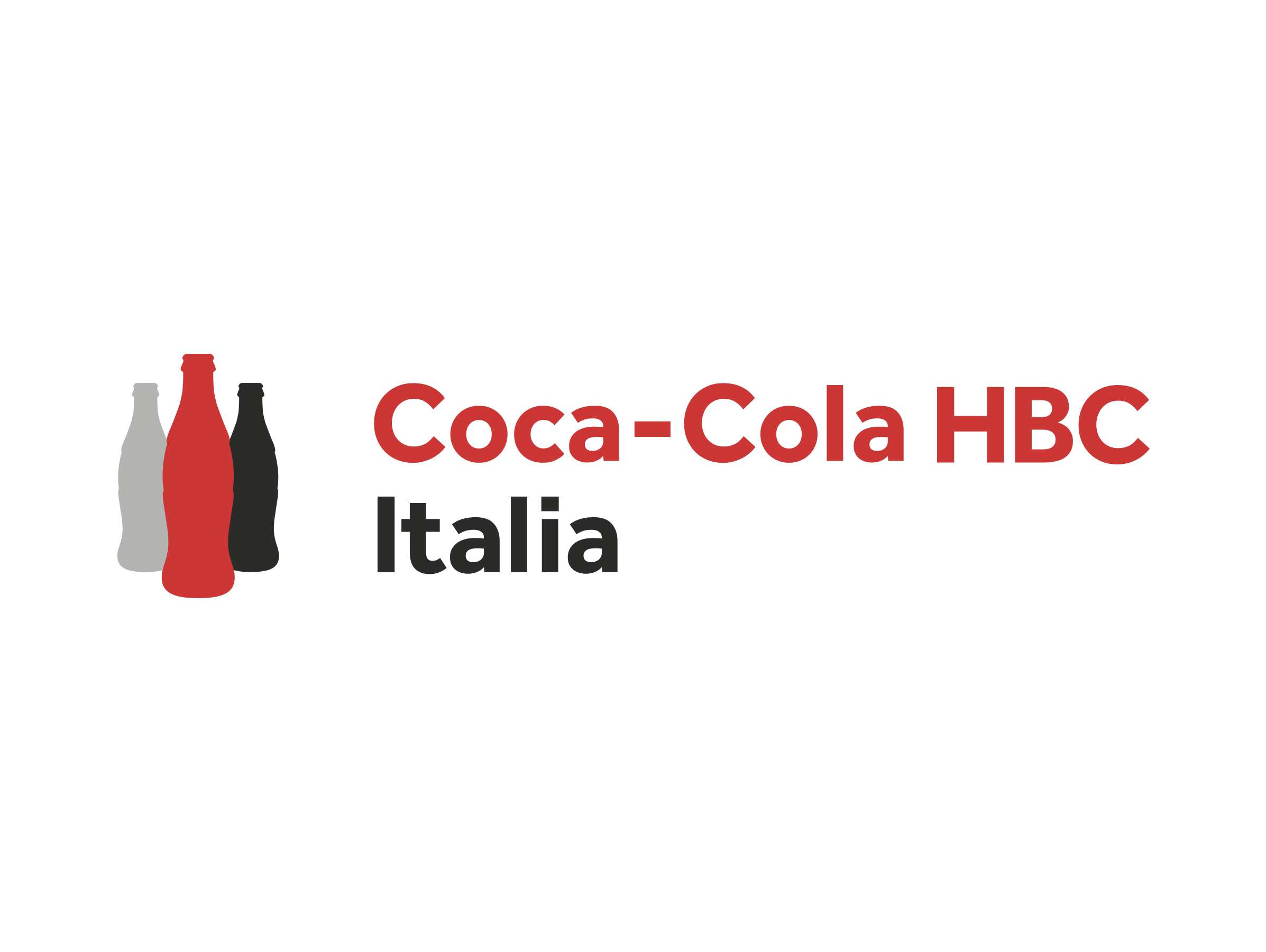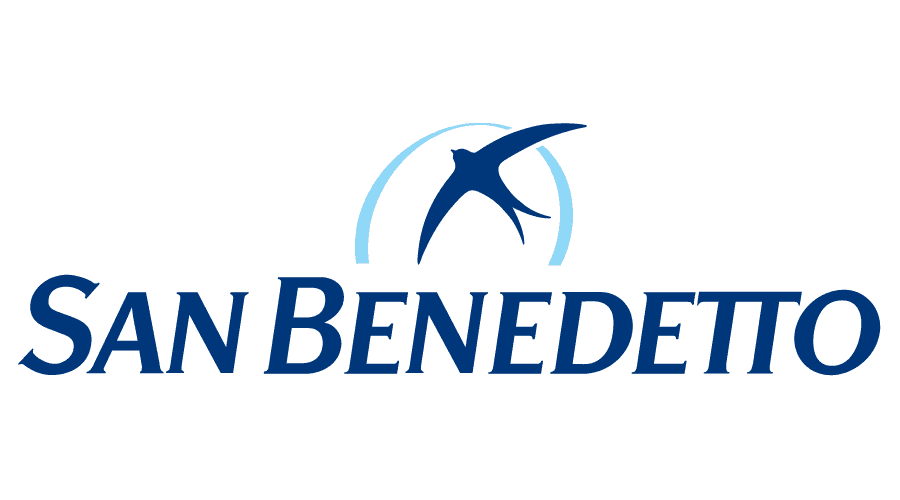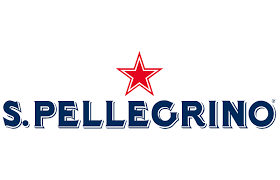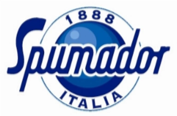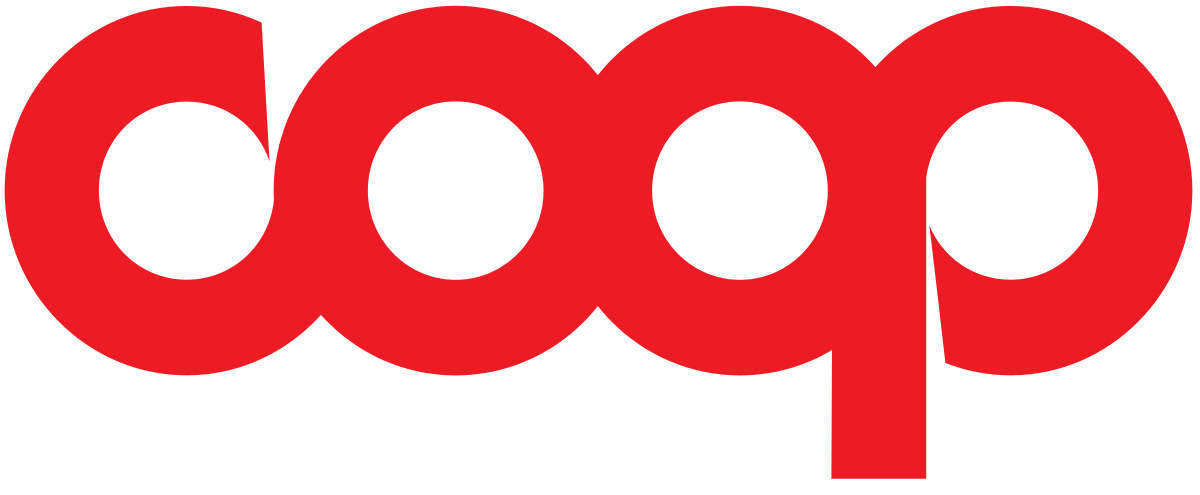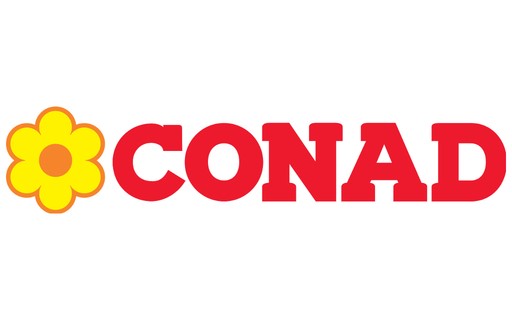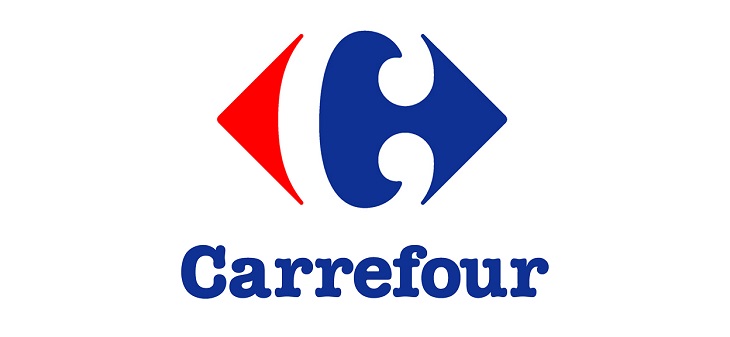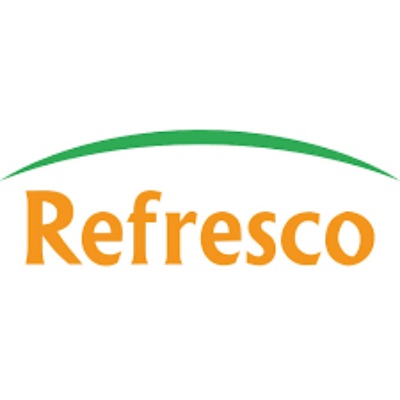Sintesi
from 2020 onwards, the global soft drinks market experienced notable growth, driven largely by health trends and a growing preference for healthy beverages. With the onset of the COVID-19 pandemic, market dynamics changed - while the Italian soft drinks marketmarket contracted by a significant 13% due to the challenges faced by the HORECA channel, which shrank by 40%, supermarket sales remained stable. Italy, a net importer in the soft drinks sector, saw average monthly family expenditure on soft drinks rise by 1.3%.
However, soft drink consumption fell in 2020 due to the impact of the pandemic on tourism and the adoption of remote working and studying arrangements. In anticipation of the introduction of the sugar tax planned for 2022, a tax of 10 centimes per liter on drinks containing more than 25g of sugar per liter, the market is expected to contract by 16% in volume terms. Despite this, manufacturers are motivated to innovate by reducing sugar content and exploring healthier ingredients to mitigate the impact of the tax and meet the needs of increasingly health-conscious consumers.
Trends in the Italian soft drinks market
In recent years, the Italian soft drinks market has undergone significant changes, influenced by consumer preferences and health trends. Despite a historic love of traditional flavors and a deeply rooted drinking culture, Italy has seen a shift towards healthier, alcohol-free beverage alternatives. Market structure and consumer trends: Per capita consumption of non-alcoholic beverages in Italy has been on a downward trend over the past decade, with a decrease of over 15%. This trend has been attributed to growing consumer health awareness, with an emerging preference for reduced-sugar beverages. Non-alcoholic beverages, such as energy and sports drinks, gained ground and now account for 3% of the sector. Diversification and innovation in offerings: Producers have innovated by reducing the calorie content of beverages by over 20%, and the sugar content by a similar percentage.
The market offers a variety of beverages, including colas, flavored waters, teas, energy and sports drinks, as well as nostalgic options such as vintage soft drinks and health-focused "organic" drinks. Geographical consumption patterns: While the average Italian drinks around 50 liters of soft drinks a year, consumption patterns vary from region to region. Households in southern regions and islands report higher monthly expenditure on soft drinks than those in northern or central Italy. Impact of the pandemic and the sugar tax: The COVID-19 pandemic led to a significant drop in soft drinks consumption, attributed to the closure and restrictions affecting the HORECA sector. With the introduction of the sugar tax in 2022, the market is expected to contract by 16% in volume terms compared with pre-pandemic levels, prompting manufacturers to consider healthier recipes.
The Italian soft drinks market is highly concentrated, with major players such as Coca-Cola HBC Italia, San Benedetto, and Nestlé's Sanpellegrino leading the way in market share. These players, along with smaller, heritage brands, are strategically positioning themselves by using locally sourced ingredients, authentic and traditional flavors, and embracing the cultural affinity for what is considered authentically Italian. In conclusion, the Italian soft drinks market is evolving, driven by health trends and lower sugar content. This has led to innovations and a diversified range of products to meet changing consumer preferences. Despite these transformations, traditional and locally authentic offerings continue to resonate deeply with Italian consumers.
Key players shaping the Italian soft drinks market landscape The Italian soft drinks sector is a dynamic market dominated by a mix of large multinational conglomerates and strong national companies, each contributing to the dynamic nature of the industry with its unique brands and product offerings.
- Nestlé Group: A world leader, Nestlé occupies an important place in the Italian soft drinks market with its Sanpellegrino brand. Known for its sparkling waters, Sanpellegrino also offers a variety of citrus-based sodas such as Aranciata, as well as other flavored drinks that have become must-haves both nationally and internationally.
- Refresco Group: A major player in the beverage manufacturing sector, Refresco serves both branded beverage companies and retailers with private label solutions. Its extensive production capabilities enable it to offer a diverse range of carbonated and non-carbonated beverages, including its Spumador brand in Italy.
- Coca-Cola HBC Italia: Operating under the umbrella of Coca-Cola Hellenic Bottling Company, they bring Coca-Cola's world-renowned experience to Italy. Beyond classic cola, they offer a variety of other sparkling and still beverages, energy drinks and a range of flavored drinks that cater to Italian tastes.
- San Benedetto: A highly respected name in the Italian beverage industry, San Benedetto provides a range of hydration and refreshment options, from mineral waters to sports drinks. The company has also made strides in health products with offerings such as Aquavitamin.
- Spumador: Part of the Refresco Group, Spumador is distinguished by its historical roots in Italian beverage culture. It offers traditional Italian sodas and drinks, while retaining a local flavor that appeals to consumers in the region. The retail giants also contribute to the market with their private labels, which offer consumers more affordable options:
- Conad and Coop: These retailers have carved out a significant share of the Italian market with their private-label soft drinks. Their products offer a value proposition to customers looking for quality beverages at a competitive price.
- Carrefour Italia: With a strong presence in Italy, Carrefour offers a variety of private label beverages that appeal to the budget-conscious segment of the market, adding to the wide choice available to Italian consumers.
These key players, with their distinct brands and strategic market positioning, continue to drive innovation and competition in the Italian soft drinks industry, catering to a range of consumer tastes and preferences.
per comprendere questo mercato
Dettaglio del contenuto
 Informazioni
Informazioni
- Pagine : 30 pags
- Formato : Versione PDF e digitale
- Ultimo aggiornamento : 05/10/2021
 Riepilogo ed estratti
Riepilogo ed estratti
1 Market summary
1.1 Definition and presentation
The non-alcoholic beverages market comprises several types of beverages, mainly marketed through food distribution channels, such as supermarkets and grocery shops, and food service. Non-alcoholic beverages include:
- still and sparkling water
- sparkling drinks
- flavoured waters
- fruit juices and vegetable centrifuges
- energy drinks
- non-alcoholic beers
Within the scope of this study, we are not going to include fruit juices as part of the soft drinks category, as we already treated this type of drinks in a specific study.
The global soft drinks market is expected to grow at a rate of 8.20% until 2027. The growth of the market is driven by the current health trends and the increasing body care of citizens, coupled with the growing inclination towards healthy beverages. In 2019, Asia held the largest share of the soft drinks market, followed by the U.S. and Europe. The European market is expected to witness significant growth due to declining consumption of alcoholic beverages and growing popularity of healthy products.
In 2019, the Italian beverages market consisted of 77% non-alcoholic beverages and 23% alcoholic beverages in terms of litres consumed. Consumption of fruit and vegetable juices and nectars decreased by -3.3% in the last year, while consumption of mineral water and still drinks increased. Overall, soft drink consumption grew 1-3% in 2019. The market is highly concentrated, with a few national and international players dominating the market.
Overall, the market is driven by various innovations, especially in packaging and new formats, and by investments in marketing to stimulate demand in a sustainable way. Recent years have also seen a general increase in prices.
In the aftermath of the Covid-19 pandemic, market turnover has been supported by online sales and the continuity of production in the food sector. However, the hotel industry's results are negative, recovering only during the summer.
1.2 A European market on the rise
The NACE code "C****" entitled "Mineral and other bottled water and soft drink industry" is used to obtain information related to the turnover of the soft drink market.
Evolution of the European turnover for the NACE code "C****" EU **, ****-****, in billion euros Source: ****
As a result, the European market for ...
1.3 Italian Market
The production and sale of non-alcoholic beverages in Italy employs **,*** full-time equivalent jobs in activities related to the production, processing and marketing of the sector's products.
The actors involved in the supply chain generate an added value of *.* billion euro and contribute to the Italian state coffers with taxes and contributions ...
1.4 Imports and Exports
In order to understand the involvement of Italy in the international trade of soft drinks, we had a look at the data relative to the HS code **.**.**: Non-alcoholic beverages; non-alcoholic beer available on UN Comtrade.
As you will see in the following graph, it is clear that Italy is a net ...
1.5 COVID-19 Impact
The soft drinks sector has been hit hard by the Covid-** emergency and the introduction of the Sugar Tax scheduled for January the *st ****, which we will discuss in section *, risks causing new and heavy effects on the market with obvious repercussions on the economic values and employment expressed by the ...
2 Demand analysis
2.1 Demand Characteristics
We have said that, as of ****, Italians consume a total of **liters/capita in a year. To have an idea of the evolution of the demand for these products, it is therefore useful to have a look at the numbers of this consumption over the years.
Evolution of per capita consumption ...
2.2 Geographic Distribution of Soft Drink Demand in Italy
A good indicator of demand for any product is the average expenditure of consumers for that product. Indeed, excluding goods which satisfy essential needs, consumers that spend more on a certain product, in this case soft drinks, are more likely to spend more on it also in the future and therefore ...
2.3 Bio and Vintage Soft Drinks Attract Always More Italians
According to Assobibe, soft drink consumption has fallen by **% since ****. The good news is that manufacturers have reduced calories by **.*% and sugar by **% over the same period. Moreover, Italians are increasingly choosing wellness drinks, sports drinks (***) and specialty drinks, an indication of the fact that health is becoming a primary concern ...
3 Market structure
3.1 Structure and Dynamics of the Market
The companies active in this market, although grouped in a single study, nevertheless belong to two different markets with different competitive dynamics.
The mineral water market is predominantly composed of highly focused companies, while in the soft drinks market there are also companies specialized in a completely different production, such as ...
3.2 Geographic Distribution of Production
Overall, the Italian market of soft drinks is composed of ** companies and *** plants. As it can be seen from the map below, the producers are mainly present in the northwestern regions (***) [***].
Geographic Distribution of the Soft Drinks Producers
Italy, ****, in %
Source: ****
3.3 Distribution Channels
The Italian consumption of soft drinks is made up of approximately **% of domestic consumption, mainly (***) by small retailers which, in addition to traditional foodstuffs, also include dairies, bakeries and other specialized outlets.
The remaining **% of consumption happens through the out-of-home sales and service points which refer to the various HoReCa channels ...
3.4 Market Shares
The main brands of the top * production groups of soft drinks in Italy are:
Coca-Cola HBC Italia (***), Sprite, Kinley, Fuzeta, Powerade, Royal Bliss, Honest, AdeZ, Burn, Monster, etc. San Benedetto (***): Schweppes, Energade, San Benedetto drinks, San Benedetto baby drinks, Amor Mio, Ben's, San Benedetto Thè, Aquavitamin, etc. Sanpellegrino (***), Sanbittèr, Gingerino, ...
4 Analysis of the offer
4.1 Offer Typology
Refreshing drinks include several product families. The types of non-alcoholic refreshment beverages (***) include these different product families in Italy [***]:
Colas Still or sparkling fruit drinks Lemonades, lime, tonics Tea-based drinks (***) Coffee-based drinks Energy and sport drinks Non-alcoholic aperitifs Flavored waters
Non-alcoholic refreshment beverages are divided into two main categories: soft drinks ...
4.2 Consumer Price Index
In order to analyze the pricing of soft drinks in Italy and its evolution over time, we need to start by looking at the CPI which measures the average price changes of goods and services purchased by households.
The graph below shows the evolution of said Index. Even though we see ...
4.2 A variety of Prices that Reflect the Diversity of the Offer
With the diversity of the offer that is inherent in the soft drinks market, the price range of its main products is quite large. In order to have an idea of such diversity, it might be useful to have a look at prices for different types of soft drinks, according to ...
5 Rules and regulations
5.1 Rules and Regulations
For what concerns the production of soft drinks, the Presidential Decree No *** of ** May **** lists the substances which may be used.
If a new substance other than those listed in Presidential Decree No. ***/**** is to be used in the production of soft drinks, Article **, third paragraph, of the aforementioned decree, amended ...
5.2 The 2022 Sugar Tax
The Italian sugar tax, which should take effect starting from ****, establishes a single rate of ** cents per liter for soft drinks containing more than ** grams of sugar per **** milliliters, which corresponds to about * cents for a *** milliliter can.
Most soft drinks on the market fall within this range, even though the ...
6 Positioning of the actors
6.1 Segmentation
- Coca-Cola HBC Italia
- Nestlé Groupe
- San Benedetto
- Sanpellegrino
- Spumador
- Coop
- Conad
- Carrefour Italia
- Refresco
Tutti i nostri studi sono disponibili online e in PDF
Ti invitiamo a consultare un esempio del nostro lavoro di studio su altri mercato!
ultime novità
Aziende citate in questo studio
Questo studio contiene un panorama completo di società di mercato con le ultime cifre e le notizie di ogni azienda :
 Perché Scegliere Questo Studio :
Perché Scegliere Questo Studio :
Accedi a più di 35 ore di lavoro
I nostri studi sono il risultato di oltre 35 ore di ricerca e analisi. L'uso dei nostri studi ti consente di dedicare più tempo e aggiungere valore ai tuoi progetti.
Approfitta di 6 anni di esperienza e oltre 1.500 studi settoriali già prodotti
La nostra competenza ci consente di produrre studi completi in tutti i settori, inclusi i mercati di nicchia o emergenti.
Il nostro know-how e la nostra metodologia ci consentono di produrre studi con un valore unico di denaro
Accedi a diverse migliaia di articoli e dati a pagamento
BusinessCoot ha accesso all'intera stampa economica a pagamento e ai database esclusivi per svolgere studi di mercato (+ 30.000 articoli privati e fonti).
Al fine di arricchire i nostri studi, i nostri analisti utilizzano anche indicatori Web (semrush, tendenze, ecc.) Per identificare le tendenze in un mercato e strategie aziendali. (Consulta le nostre fonti a pagamento)
Supporto garantito dopo l'acquisto
Una squadra dedicata al servizio post-vendita, per garantirti un alto livello di soddisfazione. +39 380 247 7810
Un formato digitale progettato per i nostri utenti
Accedi a un PDF ma anche una versione digitale per i nostri clienti. Questa versione consente di accedere a fonti, dati in formato Excel e grafica. Il contenuto dello studio può quindi essere facilmente recuperato e adattato per i tuoi supporti.
 Le nostre offerte :
Le nostre offerte :
the soft drinks market | Italy
- Quali sono i dati relativi alle dimensioni e alla crescita del mercato?
- Cosa sta influenzando l'andamento e l'evoluzione del mercato?
- Qual'è il posizionamento degli attori di mercato?
- Segmentazione e profilo delle aziende operanti nel mercato
- Dati e numeri da una molteplicità di fonti
Pacchetto di 5 studi (-15%) IT Italy
- 5 rapporti a 75,6 € IVA esclusa per studio da scegliere dal nostro catalogo italiano per 12 mesi
- Risparmiare il 15% sugli studi aggiuntivi acquistati
- Scegliere il rimborso del credito non utilizzato al termine dei 12 mesi (durata del pacchetto).
Consulta i termini e le condizioni del pack e del rimborso del credito non utilizzato.
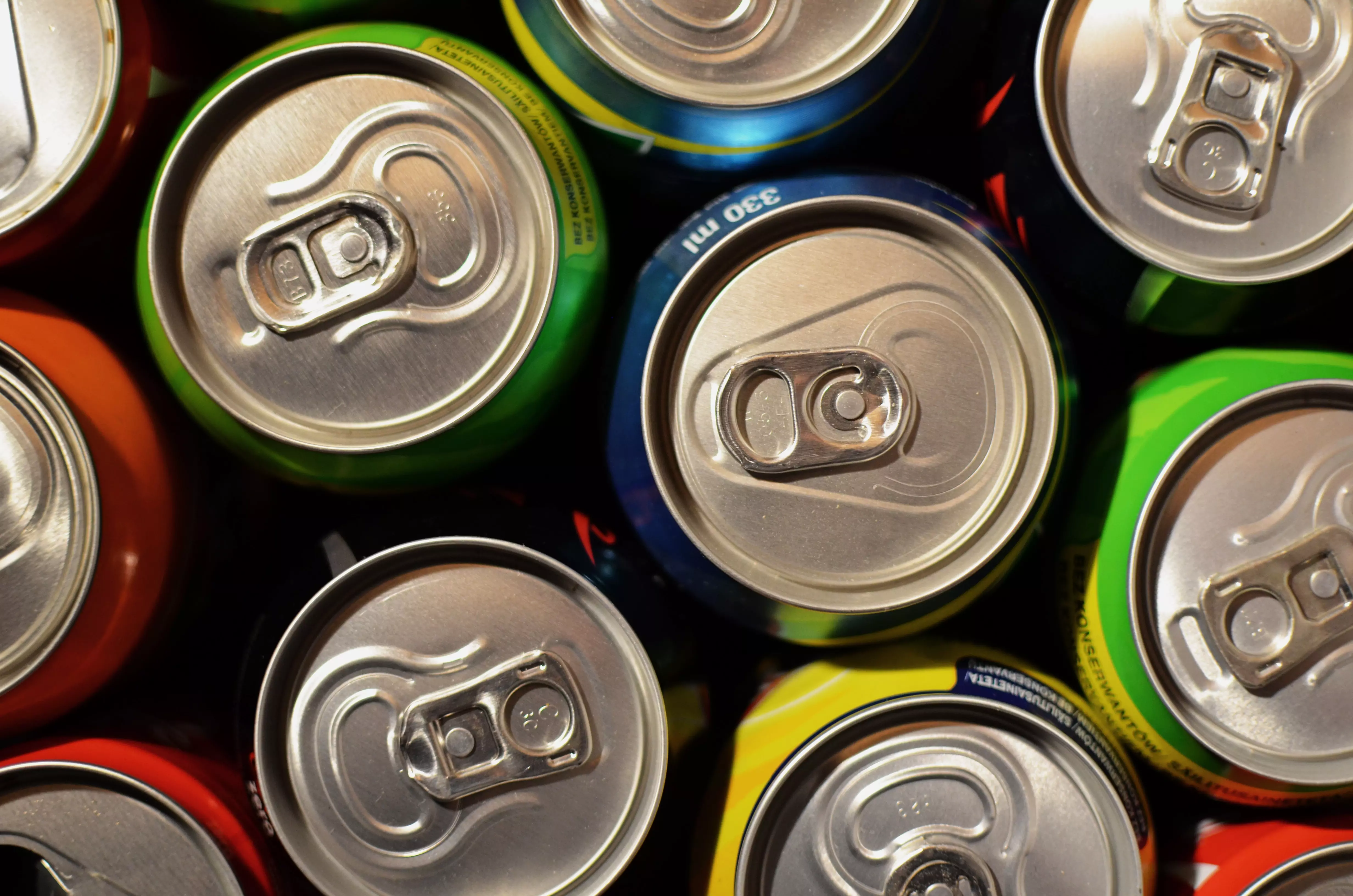




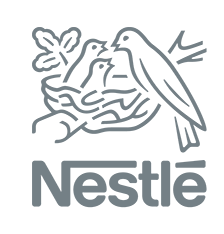 Nestlé vuole conquistare il mercato delle vitamine. - 19/04/2023
Nestlé vuole conquistare il mercato delle vitamine. - 19/04/2023
